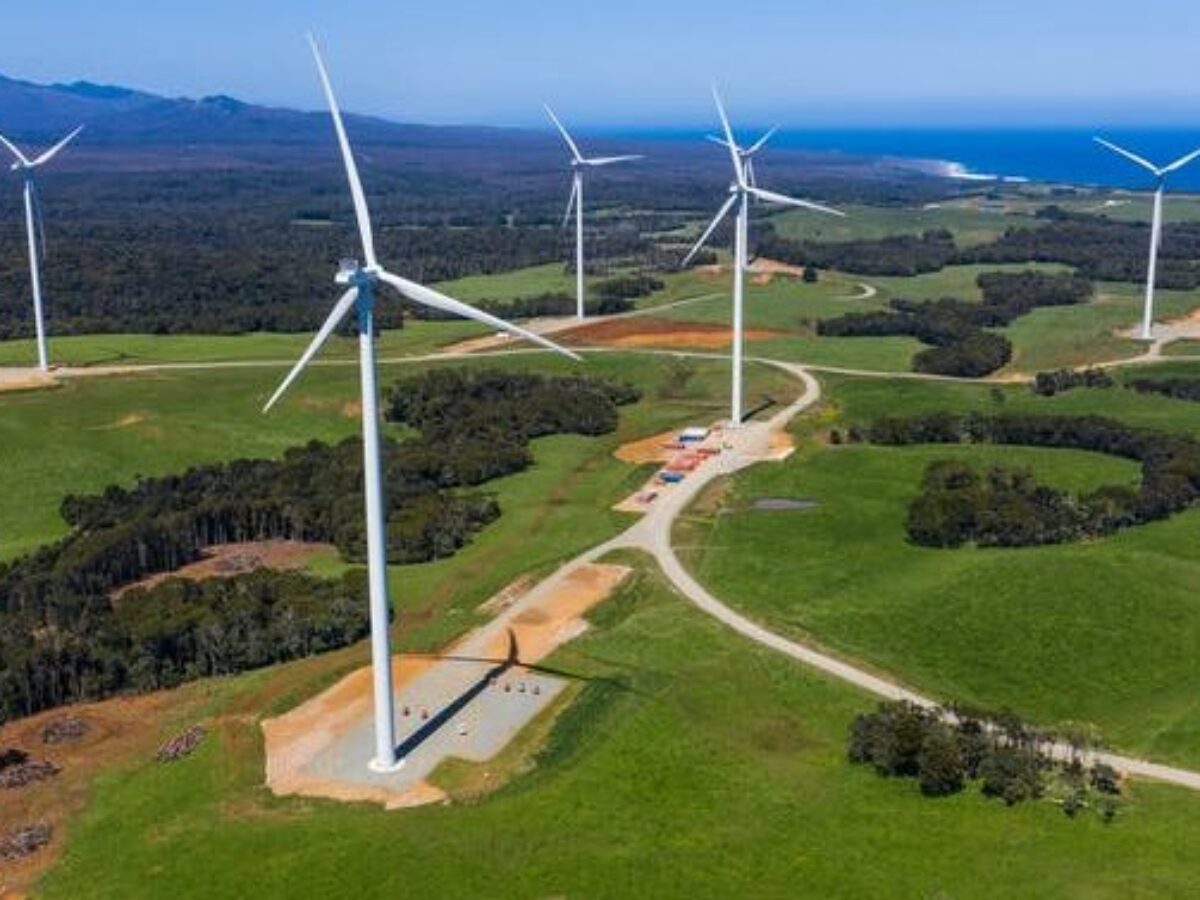Report calculates energy, investment needed to decarbonise heavy industry in five Australian regions

A new Setting up industrial regions for net zero report has looked at the cost and the opportunity of decarbonising hard-to-abate sectors in five major industrial regions, concluding that this will require investing in renewable energy representing an additional 25-47 per cent of the nation’s total electricity generation, or 68.3 to 125.9 terawatt hours (TWh.)
The report launched on Monday is the work of the two-year Australian Industry Energy Transitions Initiative (ETI), which launched in July 2020 and is reaching its conclusion. Its 18 member companies include Bluescope Steel, Rio Tinto, Woodside and Fortescue Metals Group, and total roughly 30 per cent of the ASX’s market capitalisation.
Cutting emissions from heavy industry by 88 per cent at the five regions – Pilbara, Kwinana, Hunter, Illawarra and Gladstone – was achievable, according to the analysis by Climateworks Centre and Climate-KIC Australia, and would amount to removing about an eighth of Australia’s total emissions. This is equivalent to 70 megatonnes of carbon dioxide equivalent (MtCO2e) or the emissions from all cars and light commercial vehicles in the country.
The efforts could be expanded throughout the rest of Australia as it transitions to a net zero by 2050 target, according to the Australian Industry ETI.
Decarbonising the regions’ heavy industry would also create job opportunities for 178,000 to 372,000 workers, though would require investment in the regions and enabling infrastructure of an estimated “$50 to $100 billion”.
The industrial hubs could capitalise on global demand for low-carbon products from the shift, but getting there would require efforts “across industry, governments and communities and also the finance and energy sectors” said the group’s chair, Simon McKeon, Chancellor of Monash University.
“It will also need the alignment of policy, regulations and programs to create clear goals and investment confidence.”
“This is achievable if we rapidly deploy existing technology solutions, and support the development and demonstration of emerging opportunities through more proactive regional coordination and collaboration,” said Anna Skarbek, CEO of Climateworks, which runs the initiative with Climate-KIC and the global Energy Transitions Commission.
“This will require an unprecedented transformation of the energy system. Governments will have a significant role to play in achieving this, with supportive policy, programs and support for regional leadership efforts, especially in infrastructure which is an enabler of decarbonisation.”
The Australian Industry ETI is funded by philanthropic and company donations, as well as the Australian government through the Australian Renewable Energy Agency (ARENA.)
It was formed to examine the requirements of decarbonising five hard-to-abate sectors – iron and steel, alumina and aluminium, liquefied natural gas, other metals, and chemicals – which contribute more than a quarter of Australia’s greenhouse gas emissions.
The report can be downloaded at this link.
Main picture: Granville Harbour Wind Farm (image credit AAP)
Subscribe to our free @AuManufacturing newsletter here.
Topics Manufacturing News
@aumanufacturing Sections
Analysis and Commentary Awards Defence Manufacturing News Podcast Technology Videos






